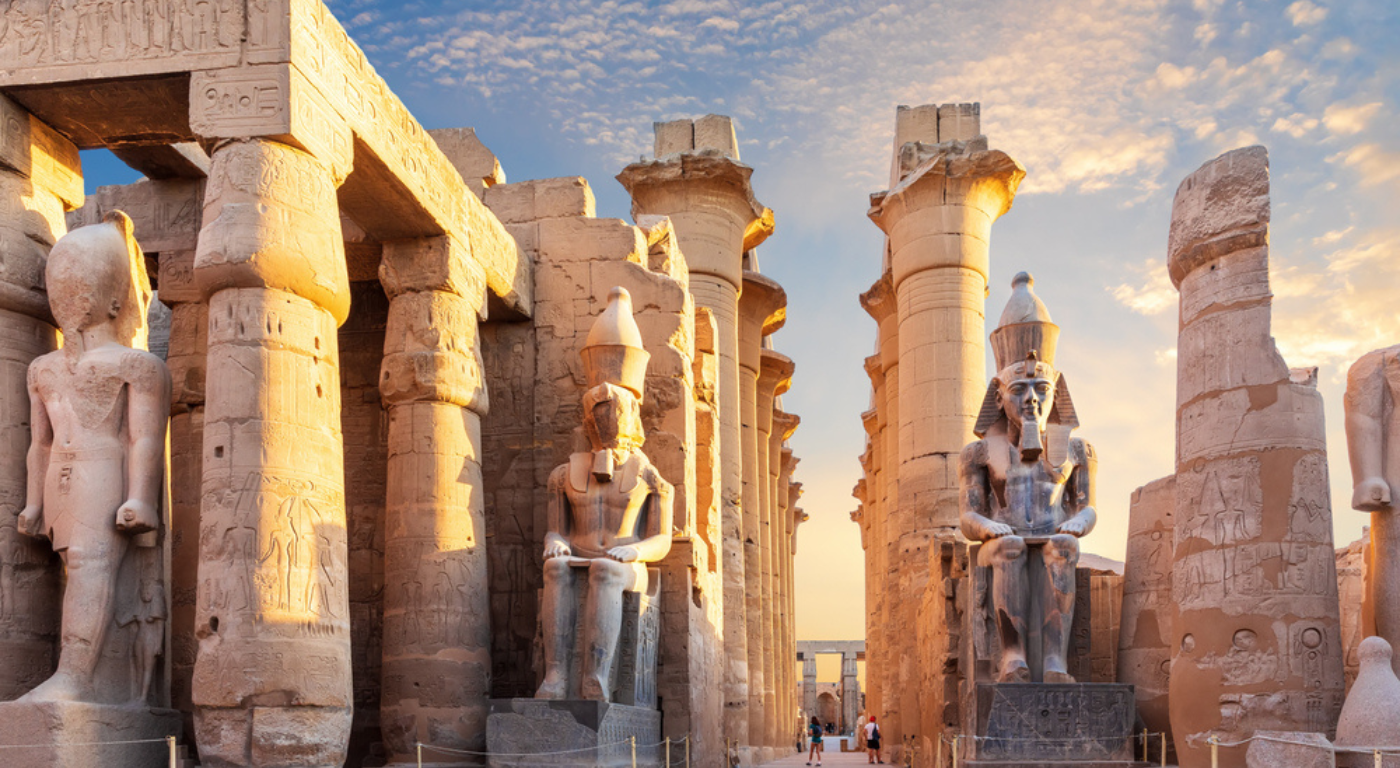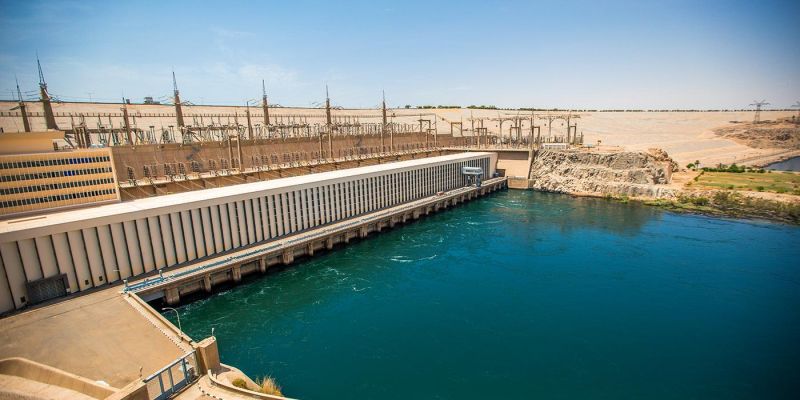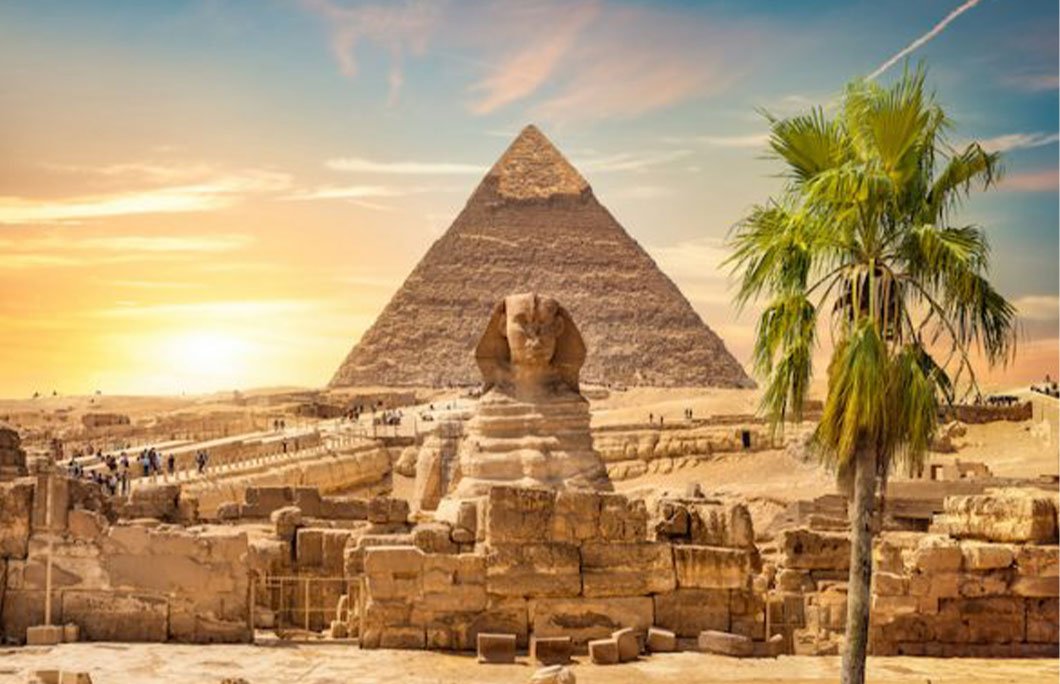Egypt, often referred to as the cradle of civilization, discovers interesting facts about Egypt, a land steeped in history, mystery, and cultural richness. From the majestic pyramids of Giza to the winding banks of the Nile River, this ancient land has captured the imagination of people around the world for centuries.
Egypt is a fascinating place to visit, being home to one of the oldest civilizations on Earth. If you’re thinking about traveling to the Middle East, these Egypt facts can help you learn about the history of the ancient Egyptians and the origins of some of the most well-known sights in the nation. Join us as we explore the fun and interesting facts about Egypt that will leave you fascinated and eager to learn more.
Read Also: Top 10 Amazing Temples in Egypt
The Interesting Facts About Egypt
Being one of the oldest civilizations, notwithstanding, a good deal of interesting information about Egypt relates to its past. Many of its most popular tourist destinations were constructed by the ancient Egyptians, and many of the traditions and rituals that remain today are derived from the Pharaohs’ old Egyptian ways and their Islamic faith.
1. The world’s only surviving ancient wonder is located in Egypt

In Egypt stands the lone surviving monument of the seven ancient wonders of the world. The only one to withstand the test of time is El Giza, Egypt’s Great Pyramid. Cairo, the nation’s capital, is home to the magnificent Pyramids of Giza, which never cease to astound.
Built in the fourth century to house the Pharaoh Khufu, the Great Pyramid of Khufu is the biggest pyramid ever constructed. Currently referred to as the Cheops Pyramid. The pyramids are a must-see when visiting Cairo because they are visible from everywhere in the city. At a height of 146.7 meters (481 feet), the Khufu Pyramid is a colossal structure.
2. Seven UNESCO World Heritage Sites Are Located in Egypt
You may be surprised to learn that seven UNESCO World Heritage sites are located in Egypt. Indeed, Egypt has a lot to offer! Abu Mena, Historic Cairo, Abu Simbel, Saint Catherine, Wadi Al-Hitan (also known as Whale Valley in Egypt’s western desert), Memphis and its Necropolis, and Ancient Thebes are the seven sites. Did you visit any of them?
You’re probably familiar with this UNESCO site if you’ve traveled to Egypt because Memphis and its Necropolis are actually the Pyramid Fields from Giza to Dahshur. Historic Cairo is a must-see location; Luxor and the Valley of the Kings are located in ancient Thebes; Saint Catherine is situated at the base of the mountains, where Moses received the Ten Commandments; and Abu Simbel is situated on Lake Nasser.
3. The Pyramids Were Not Constructed by Slaves
I’ve long held the belief that slave labor was utilized in the construction of the pyramids. Before visiting Cairo, I was unaware that the pyramids were indeed built by highly competent laborers.
Archaeological discoveries proved that the laborers were well-fed and cared for while living in specifically built villages. The amazing knowledge we learn about the things we see and do while traveling fills our little heads to overflowing!
Read Also: 20 Best Things to Do in Spain in 2024
4. Near the Nile River, 95% of Egyptians reside.
It may surprise you to learn that Egypt is home to the world’s longest river. Nearly 95% of Egypt’s population lives near the Nile River, which flows across the country. This information about Egypt isn’t all that shocking, given that the majority of the nation is covered in desert. Desert makes up ninety percent of Egypt, and the Nile divides it.
Egypt was split by the ancient Egyptians into two regions: the desert and the Nile Valley. Upper Egypt is in the south, but Lower Egypt is in the north, against popular belief. The reason for this is that the Nile travels northward, towards the Mediterranean Sea.
5. Ancient Egyptians And The Afterlife
One of the fascinating facts about the Pyramids is that their purpose was to shelter and transport the ancient Egyptian kings and their families to the afterlife. The Pharaohs and their family used the pyramids as their graves. For a pleasant afterlife, the ancient Egyptians thought that they had to abide by rigid laws.
They held that helping the deceased go to the afterlife was a responsibility of the living. The Egyptians believed that a body had to be reborn in order for it to be preserved and carried to the afterlife, which is why they went through tremendous lengths during the mummification procedure. They mummified animals as well.
6. Mount Sinai And The Ten Commandments
The mountain that Moses ascended to obtain the Ten Commandments is known as Mount Sinai. This peak, which is revered in both Islam and Christianity, is situated on the Sinai Peninsula.
Perched at 2,285 meters (7,497 feet) above sea level, it is a significant pilgrimage site. This is the location of the Saint Catherine Monastery, which is listed as a World Heritage Site by UNESCO.
Read Also: The 24 Top Travel Apps in 2024 |That You Must Know
7. Cleopatra Was Not an Egyptian
One additional fascinating fact about Egypt is that one of the most well-known historical people from Egypt, Cleopatra, is Greek, not Egyptian. Despite being born in Alexandria, she was descended from a dynasty of Greek Macedonians known as the Ptolemaic Dynasty, not from Egyptian ancestry. In ancient Egypt, the Ptolemaic Dynasty governed from 323 to 30 BC. Famous in Her Father, or Her Father’s Fame, is the true meaning of the name Cleopatra.
8. King Tut and the Curse of Mummy
Until British archaeologist Howard Carter discovered the tomb in 1922, very little was known about Monarch Tut, the most famous of all the ancient Egyptians. The boy monarch passed away at the tender age of 19.
Even though King Tut’s tomb is the smallest in the Valley of the Kings, it is packed with enormous riches. It was thought that the curse of death was written in hieroglyphs on the wall of King Tut’s tomb. Visit King Tut’s tomb, and uncover the cause of his death as it was written on the tomb wall.
9. The Various Gods of Ancient Egypt
The ancient Egyptians had a lot of gods to appease, making life difficult. To maintain balance in their lives and secure their place in the afterlife, they had to strive tirelessly to appease the hundreds of gods and goddesses they adored. Just like our superstars now, gods came and went in style over time. Ra, the Sun God, Osiris, and Isis were among the most resilient deities.
10. One of the Biggest Dams in the World Is in Egypt

Egypt has one of the biggest dams in the world. The Aswan High Dam, which divides Egypt and Sudan by spanning the Nile and producing Lake Nassar, is the biggest embankment dam in the world. A major reservoir in the world is Lake Nassar.
Although cycling from Egypt to Sudan revealed the destruction inflicted by this dam, it still appears like a fantastic achievement. Wadi Halfa in Sudan used to be a popular holiday spot for British visitors, and the country was once lush and green along the Nile. Because Lake Nassar was dammed, it is now a dried-up disaster.
11. The Name of Alexandria Was Inspired by Alexander the Great
Alexandria was called after the Egyptian conqueror of 331 BC, which was not surprising. This was the site of one of the ancient wonders of the world, the Lighthouse of Alexandria.
Read Also: The Best Place to Stay in Barcelona in 2024|Best Neighbourhoods
12. Hieroglyphics and Writing
Hieroglyphics, the ancient Egyptian writing system, is one of the oldest known forms of writing in the world. Consisting of pictorial symbols and characters, hieroglyphics were used for religious texts, historical records, and everyday communication.
Are you aware that there are roughly 700 symbols in the Hieroglyphic script, which was the ancient language of the Egyptians? Is it possible for you to learn this language? Why not try it the next time you’re there? On certain tombs, perhaps you’ll be able to decipher some ancient symbols
13. Egypt is Where the Twelve-Month Calendar Was Invented
The modern calendar was created by the ancient Egyptians, as I’m sure you are unaware of. Yes, ladies and gentlemen, Egypt developed the first calendar that is known to humans. According to the Egyptian calendar, it is actually the year 6264.
Like us, the ancient Egyptians employed a 12-month calendar. But because there were 30 days in every month, their years had only 360 days altogether, which made the years inconsistent with the seasons. So, after each year, they staged a five-day festival to make up for lost time.
Read Also: 19 Outstanding Things to Do in Malaga, Spain in 2024
14. Beauty Products And Egyptians
The ancient Egyptians believed that makeup could heal them and shield them from the sun, which is why both sexes wore makeup. They also wore green makeup made of copper, and the black eye paint that we are so familiar with from images of ancient Egyptians was made of red.
15. Egypt’s deserts
The Great Sand Sea, which is a section of the Sahara Desert, the Eastern Desert, also known as the Arabian Desert, and the Western Desert, also known as the Libyan Desert, are the three deserts that compose Egypt. With many Oasis, mountains, sand dunes, and oil reserves, Egypt’s deserts have their own unique ecosystems. The Central White Desert in Egypt was our favorite desert.
16. Board games were popular in ancient Egypt.
Indeed, there are many similarities between US and the ancient Egyptians, and one of the more interesting things to know about them is that they were also big fans of board games. Even the regular people liked to play board games; it wasn’t just the privileged who did.
Senet and Mehen were the two most played board games. Pharaohs were interred with a game called “senet,” which entailed throwing sticks, to keep them occupied in the afterlife. These are five millennia-old board games. What is your preferred game on the board?
17. Egypt Shares a Sea Border
Between the Mediterranean and the Red Seas, Egypt is situated in a strategically important area. The Suez Canal facilitates ship traffic between Europe and Asia by joining the two oceans. Egypt has long been considered a highly important location.
18. Modern Egypt

Cairo is the largest city in Egypt and serves as the country’s capital. In addition, Cairo is the biggest metropolis in the Arab world and the Middle East. Arabic is the official language of Egypt, but don’t worry, English is widely spoken there as well, and French is also quite useful.
Egypt is officially known as the Arab Republic of Egypt. As of 2020, Egypt had 102.3 million residents. Although there were human settlers in Egypt as early as 8000 years ago, the known ancient civilization didn’t emerge until 3000 BC. Over the ages, Egypt has been ruled by the Roman Empire, Muslim forces, the Greek Ptolemaic Kingdom, and even the English.
Read Also: Is Mexico City Safe to Visit in 2024 | Travel Tips and Warning
From the wonders of the ancient world to the vibrant culture of modern-day Egypt, the Land of the Pharaohs continues to captivate and inspire people around the globe. There is always something new and exciting to discover in this fascinating country.
